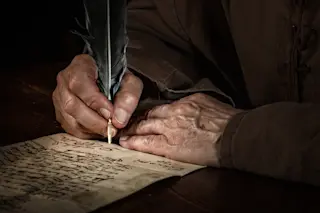The longest-running tragicomic opera in science--the so-called Baltimore Affair--came to a climactic finale this past June. The case, the federal government’s best publicized investigation of scientific fraud, had been touted as a lesson for arrogant scientists: that truth is determined not by who has the Nobel Prizes but by the data. Like all good operas, however, it reversed itself in the final act, and the only sure lesson to emerge was that investigators in the Office of Research Integrity (ori) were bad at their job.
The case began in 1986, when Margo O’Toole, a young immunologist at mit, discovered troubling inconsistencies in an article written by her laboratory chief, Thereza Imanishi-Kari. The paper, on an experiment in which foreign genes were inserted into a mouse, seemed to support a theory of the immune system that has since gone out of fashion, leaving the article scientifically irrelevant. But among Imanishi-Kari’s coauthors ...














